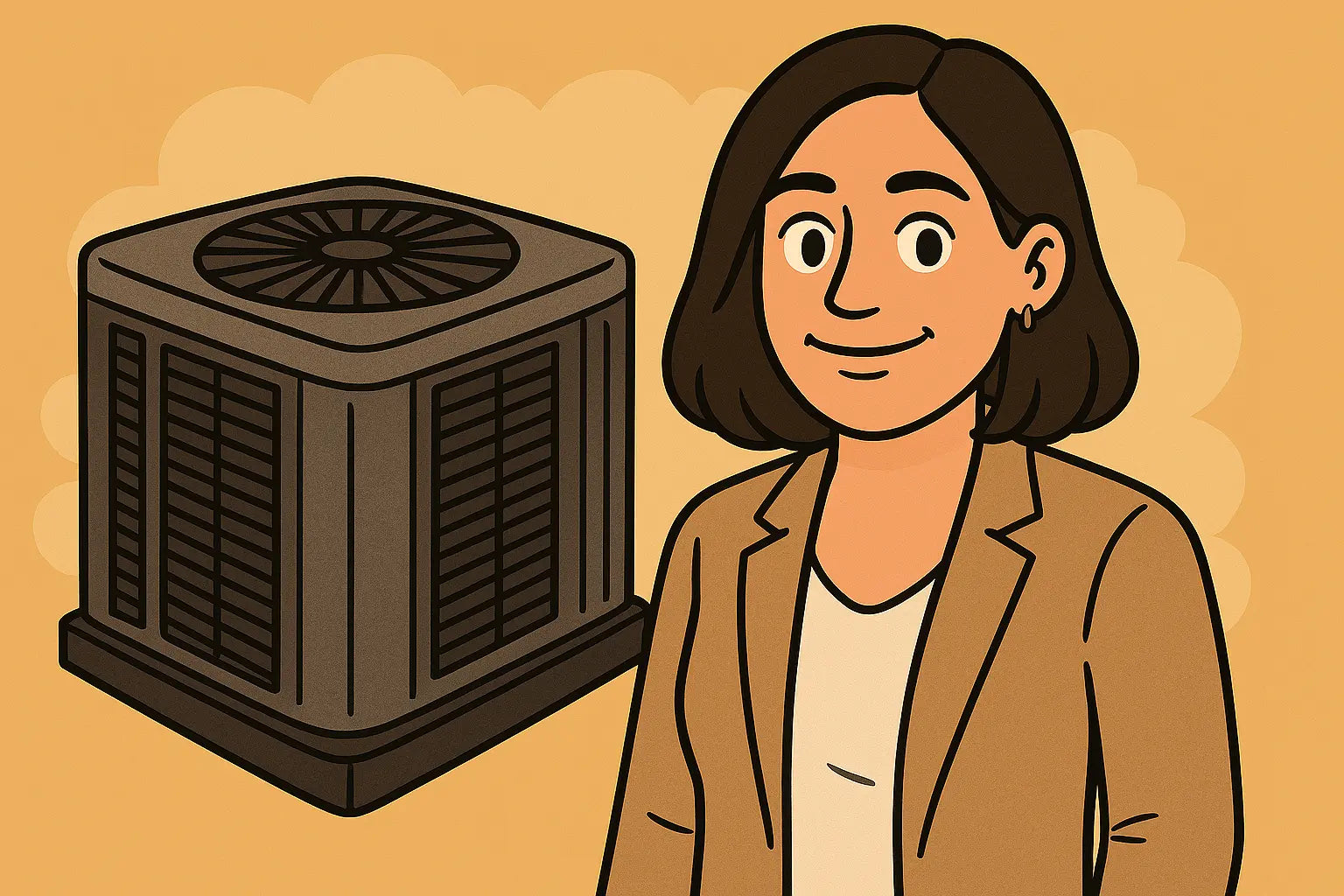Why R-32 Refrigerant Safety Matters
R-32 has become the refrigerant of choice for high-efficiency systems, and with good reason. It offers a higher cooling capacity, lower Global Warming Potential (GWP) compared to R-410A, and supports better energy performance. But it’s also classified as A2L—meaning it's mildly flammable.
That doesn’t mean R-32 is dangerous in day-to-day use. In fact, when properly installed and maintained, systems like the Goodman GLXS4BA3610 with CAPTA3626C3 and GR9T961005CN are designed to operate with R-32 safely. The key is understanding how to handle it correctly—especially during installation, maintenance, or disposal.
Quick Facts About R-32
-
ASHRAE Class: A2L (non-toxic, mildly flammable)
-
Boiling Point: –51.7°C (–61°F)
-
GWP: 675 (Compared to R-410A’s 2,088)
-
Odor: Odorless
-
Use: Widely used in residential and light commercial HVAC systems
You’ll find R-32 in modern, high-efficiency systems because it supports compliance with EPA's SNAP program and DOE efficiency standards.
Safety Precautions When Handling R-32
1. Work in a Well-Ventilated Area
Since R-32 is heavier than air, any leaks will settle low to the ground and can displace oxygen. That’s why it’s important to work in an area with proper airflow—especially when charging or recovering refrigerant.
-
Use exhaust fans when working indoors.
-
Avoid working in basements or tight crawl spaces unless proper airflow is ensured.
2. Avoid Sparks and Flames
Even though R-32 is only mildly flammable, you still need to eliminate any ignition sources during service:
-
No smoking.
-
No open flames (grills, pilot lights, etc.).
-
Use non-sparking tools when possible.
-
Power off the furnace before working near the lineset.
3. Use R-32-Rated Tools and Equipment
Standard R-410A gauges, hoses, and recovery tanks are not always compatible with R-32. Here’s what you’ll need:
-
R-32-compatible manifold gauge set
-
Leak detectors rated for A2L refrigerants
-
Recovery machine approved for R-32
-
Recovery tank labeled for A2L refrigerants
Tip: Don't vent R-32 to the atmosphere—it's illegal under EPA Section 608 rules.
Personal Protective Equipment (PPE)
At a minimum, always wear:
-
Gloves (chemical-resistant)
-
Safety goggles or full-face shield
-
Long-sleeved clothing
If a leak occurs or refrigerant contacts skin, it can cause frostbite-like burns. Ventilation masks aren’t usually necessary unless working in an enclosed space with poor airflow.
Leak Detection & Emergency Response
1. Detecting Leaks
You’ll want a leak detector approved for A2L refrigerants. Some detectors for R-410A may not respond correctly to R-32.
2. Handling a Leak
If you suspect a leak:
-
Ventilate the space immediately
-
Evacuate unnecessary personnel
-
Avoid creating sparks
-
Contact a licensed HVAC professional if you're a homeowner
For large leaks indoors, consider calling your local fire department. While R-32 isn’t explosive under normal conditions, safety always comes first.
Storage & Transportation
Storing and transporting R-32 cylinders requires extra care:
-
Store upright in a well-ventilated, cool, dry area
-
Keep away from direct sunlight or heat above 125°F (52°C)
-
Transport in a secured, upright position using a cylinder cart
-
Don’t store with oxidizers or corrosive materials
The Occupational Safety and Health Administration (OSHA) recommends labeling and safety data sheets (SDS) for all chemical substances, including R-32.
System-Specific Safety: GLXS4BA3610, CAPTA3626C3, GR9T961005CN
This Goodman system is factory-charged and sealed, meaning homeowners should never attempt to open refrigerant lines. If you’re a technician or installer, keep these tips in mind:
-
Before Start-Up: Double-check torque on flare fittings and braze joints
-
Post-Install: Perform a standing pressure test with dry nitrogen
-
Evacuation: Target 500 microns or below
-
Charge Adjustments: Follow the subcooling method using R-32-specific charts
-
Final Test: Use a leak detector around all joints and service valves
Goodman includes clear labels and access points, but don’t rely on guesswork—always refer to the unit's installation manual and R-32 safety instructions.
Why R-32 Is Still a Safe Bet
Despite its flammability rating, R-32 systems—when installed and maintained properly—pose very low risk. The systems are designed with safety shutoffs, pressure sensors, and protection circuits.
When you follow manufacturer guidelines, stay up-to-date with AHRI handling practices and use the right tools, R-32 becomes not just safe—but smarter for the environment and your energy bill.
Final Thought: Let the Pros Handle the Charge
If you’re a homeowner, your job is to enjoy the comfort your system delivers—not to tinker with refrigerant. R-32 is a better refrigerant—but it still requires certified professionals to manage.
If you're ever in doubt about a service procedure for your Goodman GLXS4BA3610, CAPTA3626C3, or GR9T961005CN combo system, call in the pros.
Need to replace or upgrade your current setup? Start here:
👉 Goodman 3 Ton 15.2 SEER2 R-32 System with GLXS4BA3610, CAPTA3626C3, and GR9T961005CN
Curious about noisy GLXS4BA3610 unit? Visit: How Quiet Can the GLXS4BA3610 Really Be?
Until next time,
- Savvy Mavi Out!







